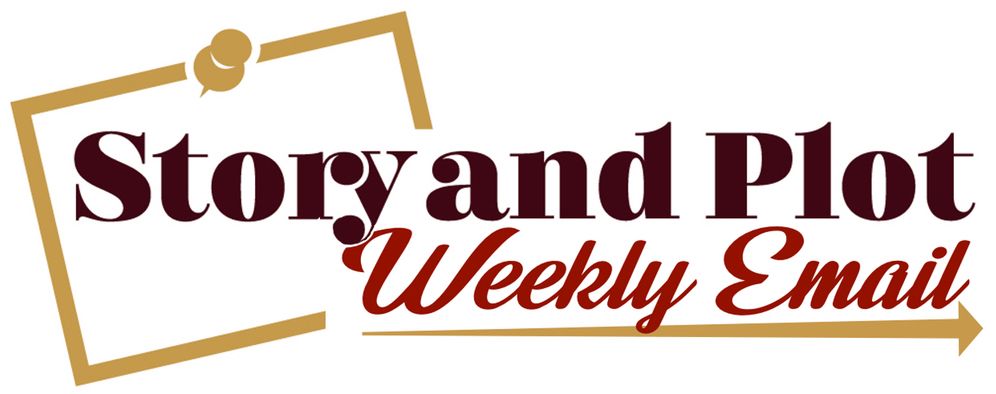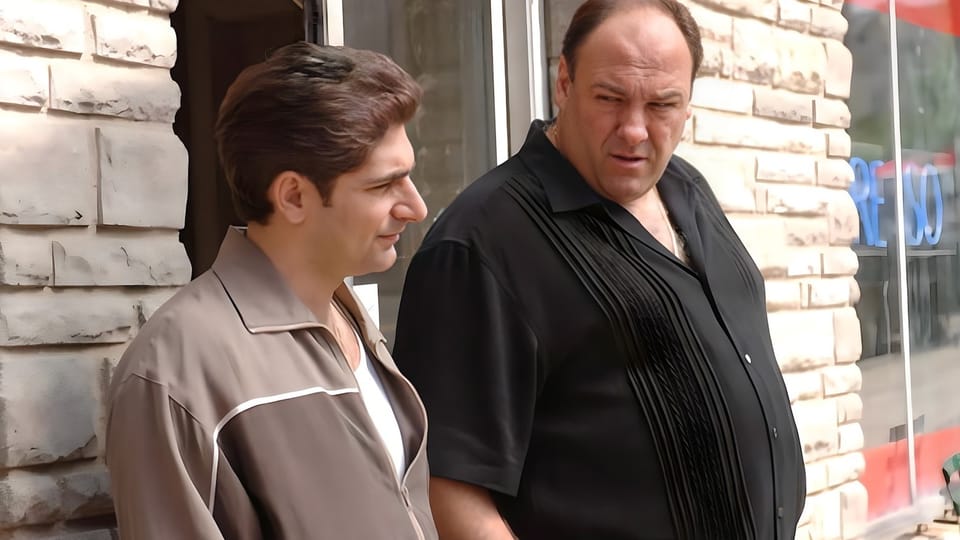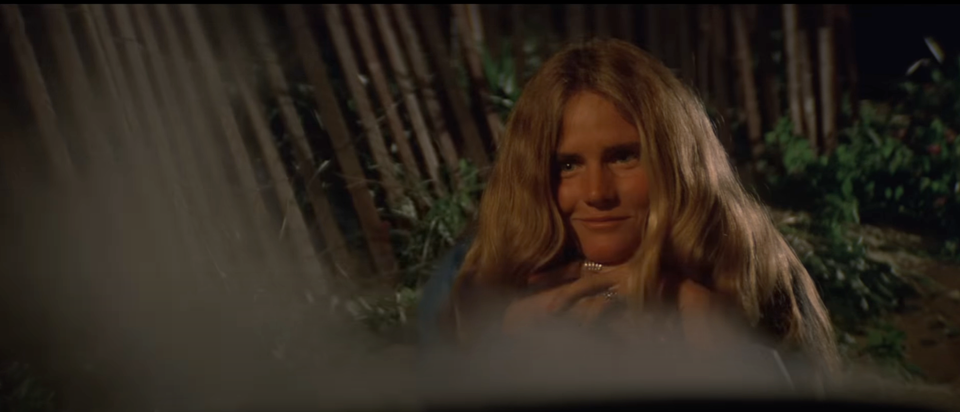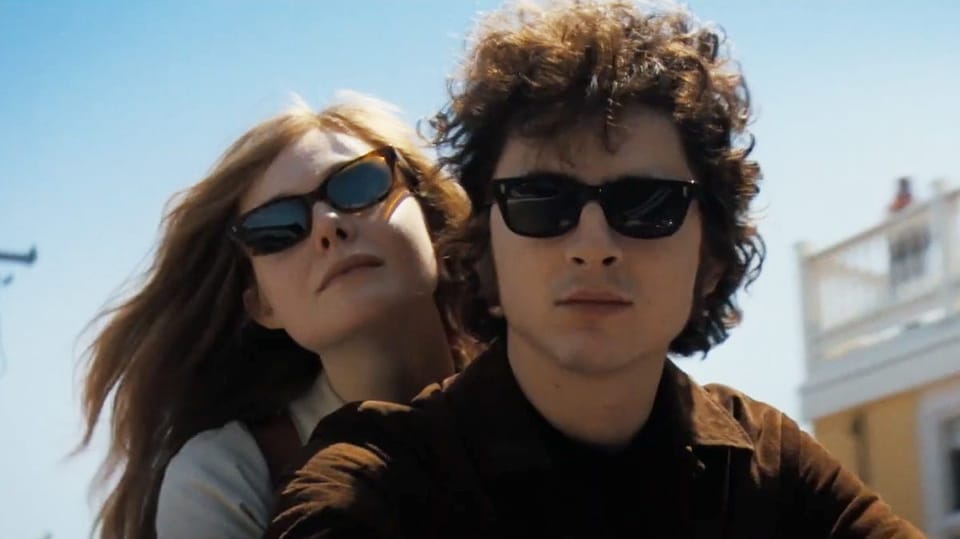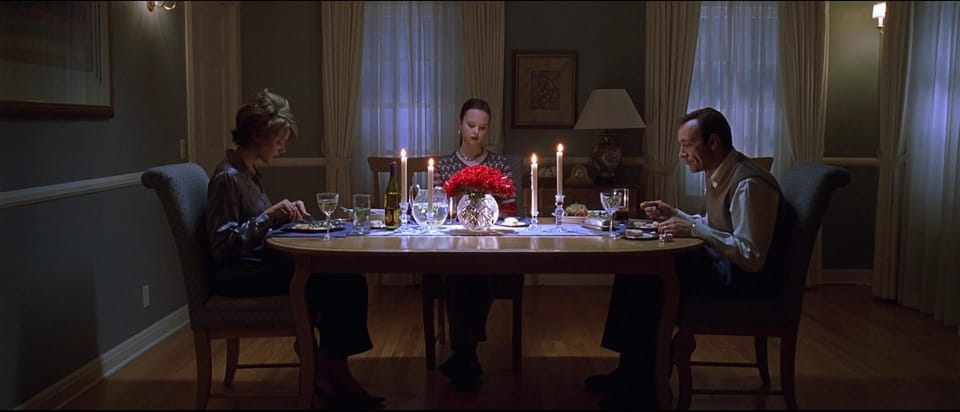Choosing the point of view of a scene.
The narrative point of view is through whom we experience a story, scene, or moment. We get information as they do, and often, as a result, that is who we empathize with.
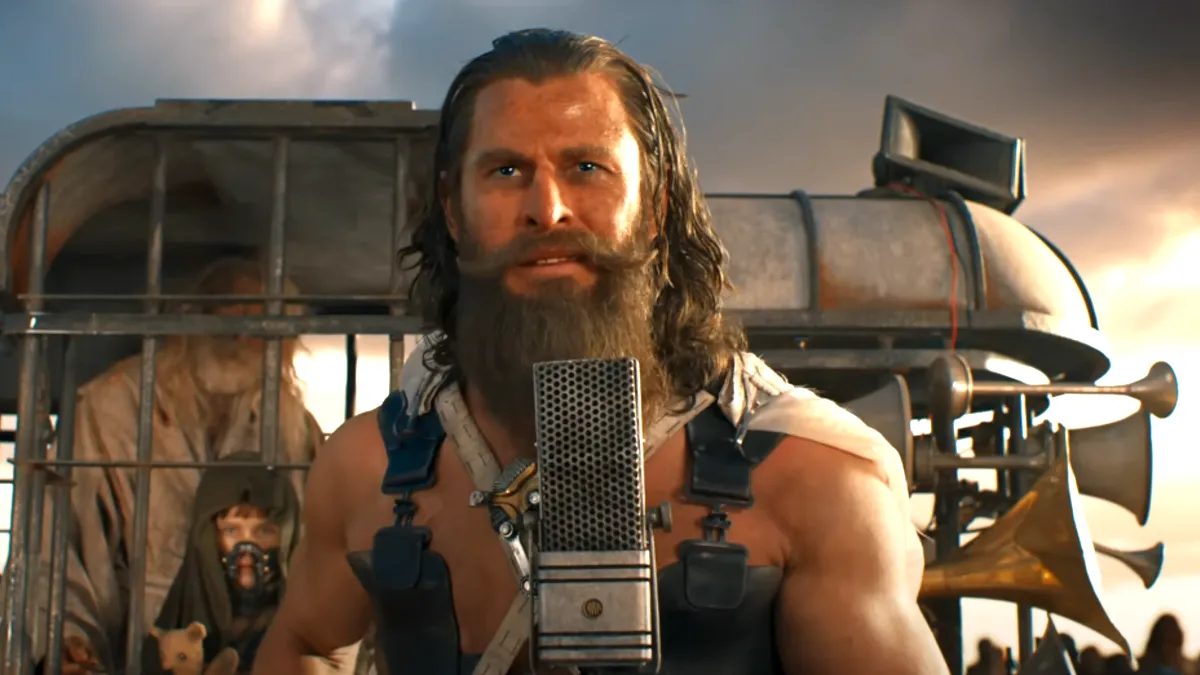
The Story and Plot Weekly Email is published every Tuesday morning. Don't miss another one.
The narrative point of view is through whom we experience a story, scene, or moment. We get information as they do, and often, as a result, that is who we empathize with.
This is not to be confused with a POV shot, which is a device to supplement and reinforce narrative POV.
Why POV matters.
The point of view dictates what information we receive and when we receive it, thereby dictating our experience.
What an audience is rooting for and how they emotionally react to events are products of POV.
It’s one of the most crucial decisions you make.
Jonathan Stokes has an excellent Raising The Stake video on why POV matters in the big picture, and I don’t think I need to add much there. It covers a lot of ground, and I disagree with none of it. I’ll link it to the bottom of the email.
For this email, I want to focus on POV within the scene, choosing the right one, and how to control it.
The biggest mistake is not making a choice at all.
I see it often. Younger writers will try to describe a scene like a journalist. They keep it factual and objective. This is the "blueprint of a movie" philosophy, and it's terrible.
No one wants objective. It's boring and unemotional. You must direct the scene. And that means choosing a POV (or, on rare occasions, deliberately not choosing one.)
For many, POV tends to be something they pick up just by watching enough movies and reading enough books. Most of us who like telling stories tend to do it naturally.
But if we don’t make conscious choices about it we are more prone to missteps.
So, if you haven’t already, I encourage you to move the POV question firmly into the conscious choice column.
Two POVs to worry about.
The first POV to focus on is your own. This is your editorial perspective of the scene itself. What’s the scene really about? What needs to change? How do you feel about it? Is it hilarious? Is it tragic? Why?
It’s important that you have distinct feelings about these events because you’ll want the audience to feel this way, too. This will give you a much-needed guide for your troubles.
Next, you will choose whose POV the audience will experience this scene from.
Often, the story will already decide that. For example, a story that follows only one character, like CHINATOWN.
But what if it’s a romantic comedy, and you’ve had two POVs throughout the movie? And now those two people are having a scene together!
Whose POV do you tell this from?
That’s where your first choice of how YOU feel about the scene and what the scene is about comes in.
You use that first choice to make the second choice.
Example 1 - YOU’VE GOT MAIL.
YOU’VE GOT MAIL is perhaps my favorite romantic comedy. I want to talk about two scenes with Tom Hanks and Meg Ryan and how each uses a different POV for different purposes.
The first is when they meet at a restaurant. Kathleen Kelly is waiting to meet her email pen pal for the first time and runs into her arch-enemy, Joe Fox. Only Joe knows that he is both her arch-enemy and her pen pal.
In this scene, we share all the information with Joe. We know more than Kathleen, and because of this, the scene is played mostly from his perspective. It is about him concluding a romance is impossible, so it needs to be anyway.
But later, in the very last scene, we still have more information than Kathleen yet the scene is through her POV. It’s even a POV shot when she sees Joe Fox turns the corner. Ephron wanted the audience to feel Kathleen’s joy here, and not Joe's, and so the scene was hers.
And it’s one of my favorite cinema moments ever.
Two scenes with different emotional results because the POV was different.
Example 2 - FURIOSA.
I saw it this weekend, and I will avoid any major spoilers, but George Miller (a genius) plays freely with POV in the film.
There is a moment when the antagonist, Dementus, captures Furiosa, and the film embraces Dementus’s POV for most of the scene. We follow him around the large vehicle and even get a close-up of him as chaos, pain, and torture surround him.
It’s an interesting moment, as he seems to be saddened that he has to be so evil.
When he finally moves back around the massive vehicle to face Furiosa, she has escaped.
Miller chose surprise here over the pain and tension of seeing how Furiosa escapes. Additionally, it’s one of the character’s biggest moments, and we’ve been waiting for it to happen… and it happens off-screen.
This is not an accident. This was a choice. George Miller knew more about making great films in 1985 than I will ever know.
I’m just not sure why he chose surprise over emotion here. I wish I could ask him!
In any case, for better or worse, it was done through the simple choice of whose POV we have within the scene.
Example 3 - AS GOOD AS IT GETS.
There is a scene in this wonderful 1997 movie where two characters, played by Jack Nicholson and Helen Hunt (who both won Academy Awards for this film), try to have a decent night out. They are getting to know each other, and there is no telling where this will go.
Melvin (Nicholson) is a social disaster. He says all the wrong things and can be intentionally and unintentionally cruel. This dinner is no exception.
Even though we have had the POV of both characters in the film, this dinner is told through Melvin’s. We follow him out of the restaurant to get a suit and tie. We do not cut back to her.
When he sees her across the bar, we get a POV of her but not a reverse POV of him.
This scene is his.
And it needs to be. Because Melvin is kind of terrible in this scene. He does screw up. He does say awful things. And our emotional reaction is, “Melvin, stop being weird! Why are you blowing this?”
It’s tragic. And we’re frustrated with him.
If the scene was from her POV our reaction would be, “Girl, go! Run! This guy is a creep! Run and never come back.”
Not the sort of feeling you want in a romantic comedy.
Brooks uses POV to manipulate how the audience reacts to something that could easily go either way.
Can it be only one POV in a scene?
No. You can have as many as you want. But as Stokes points out in his video, the more POVs you have, the more you dilute your emotional connection to any one character.
And that risks diluting your emotional reaction to the scene itself.
Stick with as few POVs as you can get away with to tell the story of the scene.
How to dictate POV in the writing.
It’s quite simple. It’s who we follow in and out of a room. It’s observing actions through a character’s eyes, like, “She sees the stain on the ground.”
“John turns. Sees the car barreling in.”
It’s whose emotional reaction we focus on and who has the emotional shift in the scene.
It's where the tension comes from and what do we hope and fear?
Whose face do we linger on? The close-up of the face is something TV and film can do that no other form of storytelling can match. You can evoke it quite easily in a screenplay.
If we experience what they experience, see what they see, hear what they hear, that's the POV of the scene.
It's making the choice that matters.
Be decisive. Make choices. About story, plot, characters, and moments.
About POV.
Be specific and confident. And then follow through throuh that choice in the action lines.
It's the non-choices that drag your screenwriting down.
Podcast Alert!
I was a guest on the Writers Group Therapy podcast. Both hosts, Tom Loveman and Rachanee Lumayno are writers, so this was really craft-focused.
Click here to listen to the podcast.
That's a wrap!
Thanks for being a subscriber.
I hope you had a splendid weekend. I did. I feel recharged and ready to go!
Cheers!
PS - That wonderful Raising The Stakes video Why Does Point of View Matter?
It's well worth it.
The Story and Plot Weekly Email is published every Tuesday morning. Don't miss another one.
When you're ready, these are ways I can help you:
WORK WITH ME 1:1
1-on-1 Coaching | Screenplay Consultation
TAKE A COURSE
Mastering Structure | Idea To Outline
